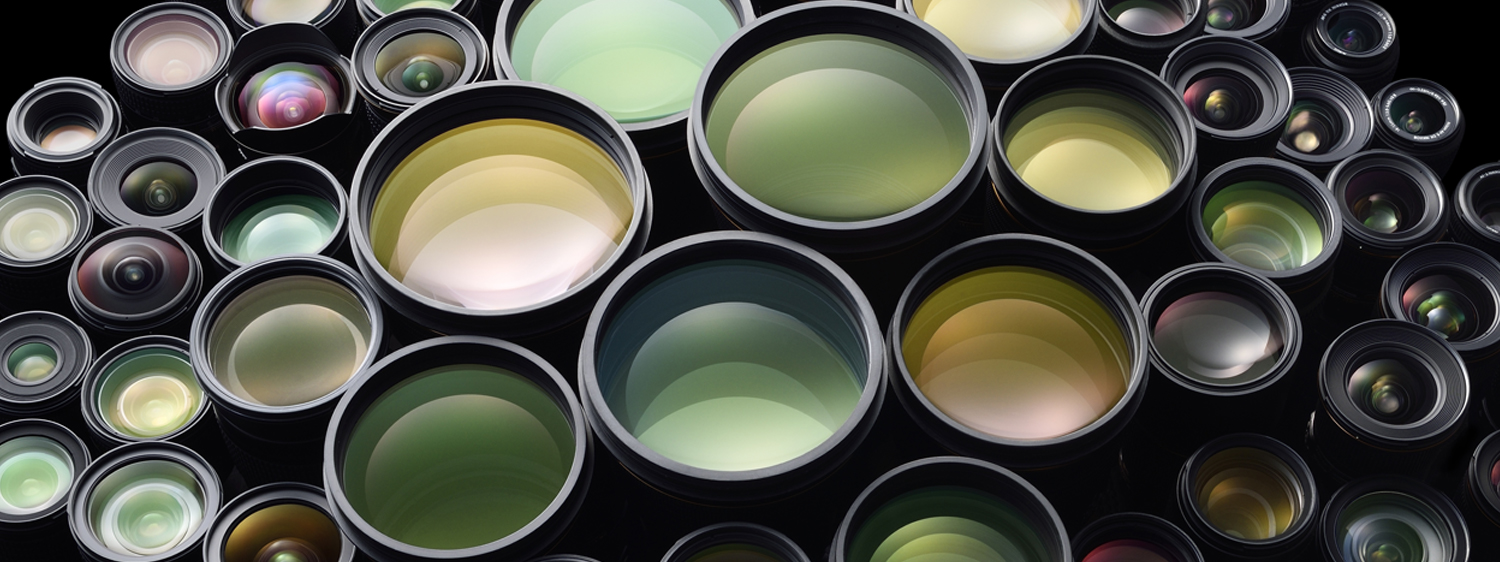Het is bekend dat de tweering (of draaizoom) versie van de 80-200/2.8 een snellere autofocus mogelijk maakt dan de schuifzoom versies. En inderdaad zijn de AF-S versies van de 70/80-200/2.8 weer sneller.
Ik gebruik de tweering 80-200/2.8 op een D300 en die combinatie is goed te gebruiken bij sport (o.a. hockey en paardenmennen). Op een D7000 is hij mogelijk iets langzamer.
Dit zegt Thom Hogan over AF van de tweering 80-200/2.8 in vergelijking met de 70-200/2.8 VR II - mogelijk is de D7000 qua autofocus motor vergelijkbaar met de D90.
Autofocus: Potential loss. Autofocus on this lens is screw-driven from a motor in the camera body. On the high-end pro cameras, the motor has a lot of torque, and I can't really say that you lose much from an AF-S lens. On the lower specified consumer DSLR bodies that support this lens, performance is indeed noticeably slower than a good AF-S lens. On the other hand, if you're comparing this lens for a D90 against say, a 70-300mm f4.5-5.6, the difference isn't as noticeable. The constant f/2.8 aperture helps the AF system. So 200mm at f/2.8 versus f/5.6 narrows the difference.
You'll also notice that this lens tracks focus pretty well, again probably due to the f/2.8 aperture providing more light to the AF system in the camera. Even though it isn't AF-S, it is usable for sports and other action photography. Not all screw-drive lenses can claim that, in my experience. I will say that if the camera/lens lose focus, there's often more hunting on this lens than the 70-200mm to re-acquire focus, though. This means you need to make sure that you look at the Lock-On options a little more carefully, if your body supports them.
Hier vind je de complete review door Thom van de Nikkor 80-200/2.8 tweering.




